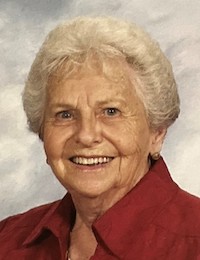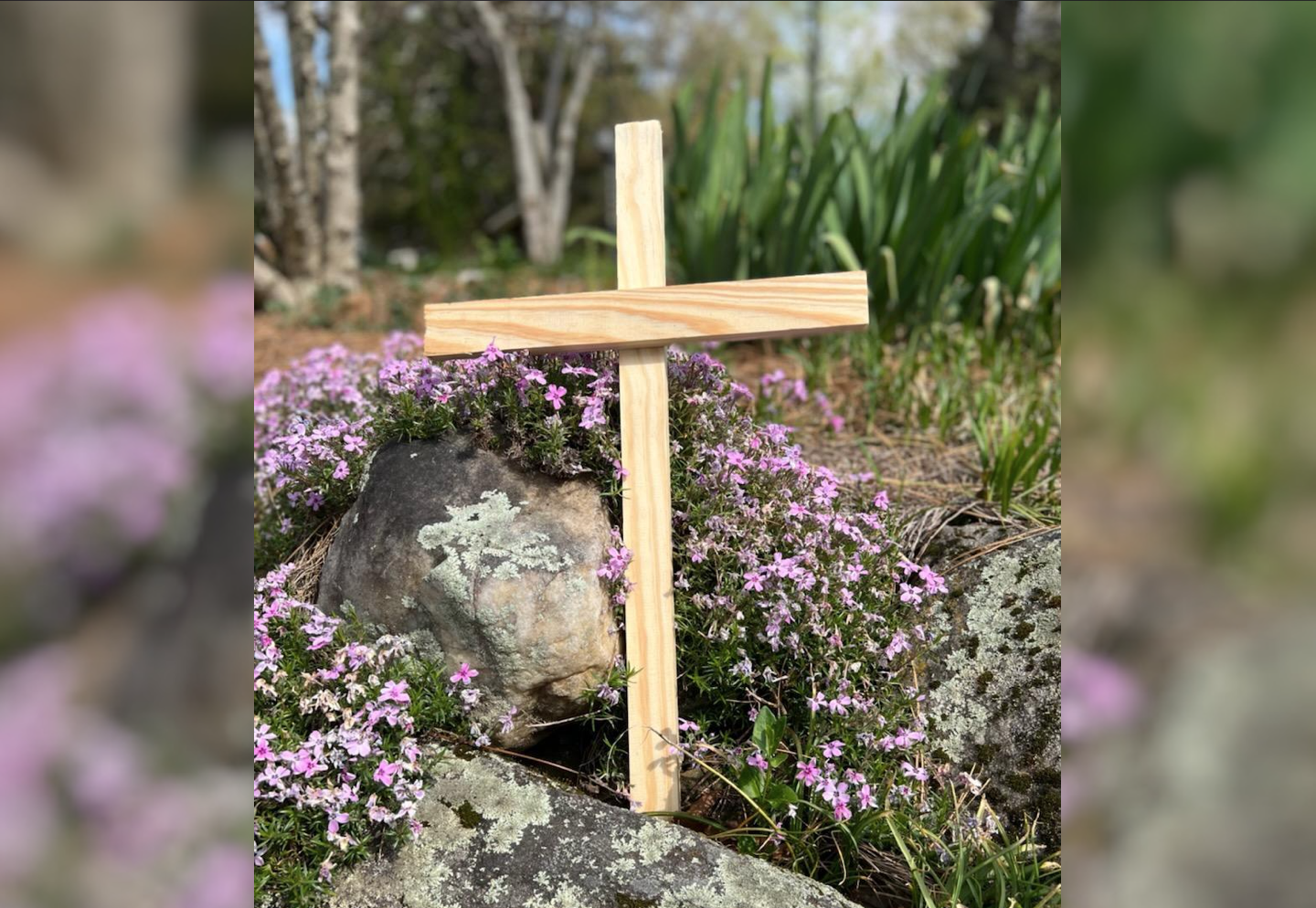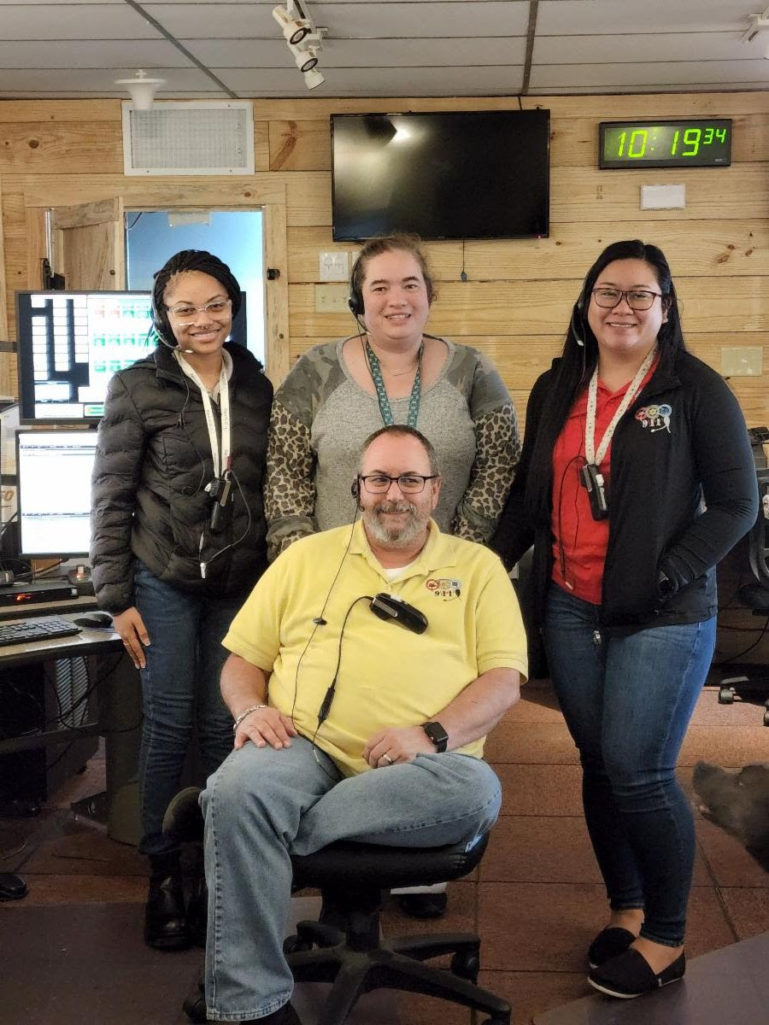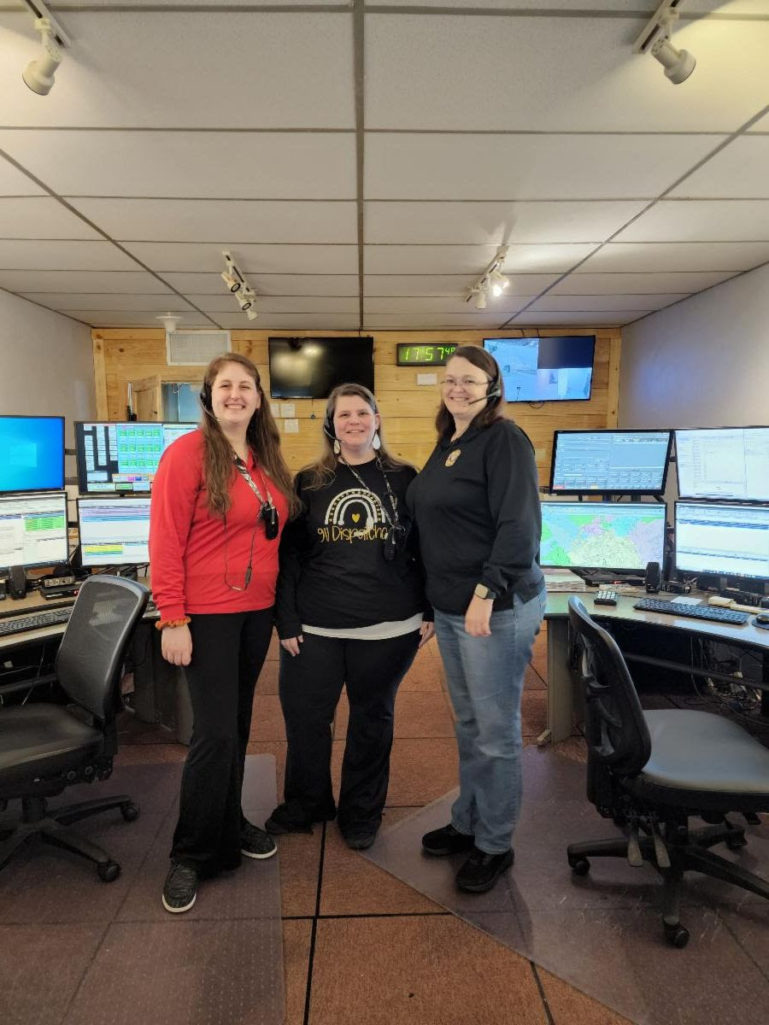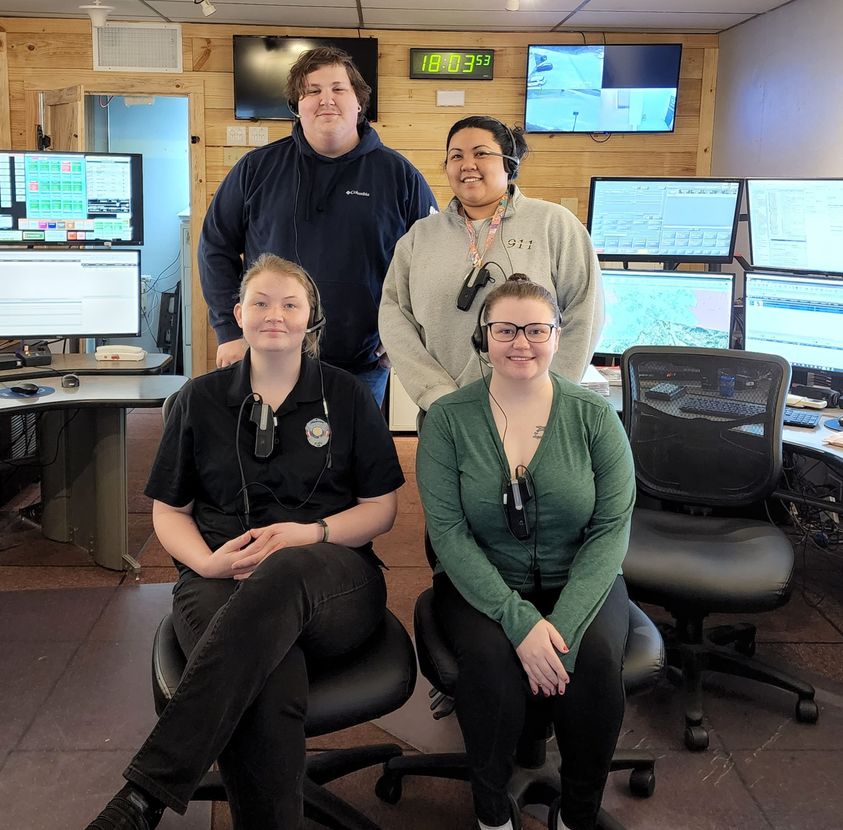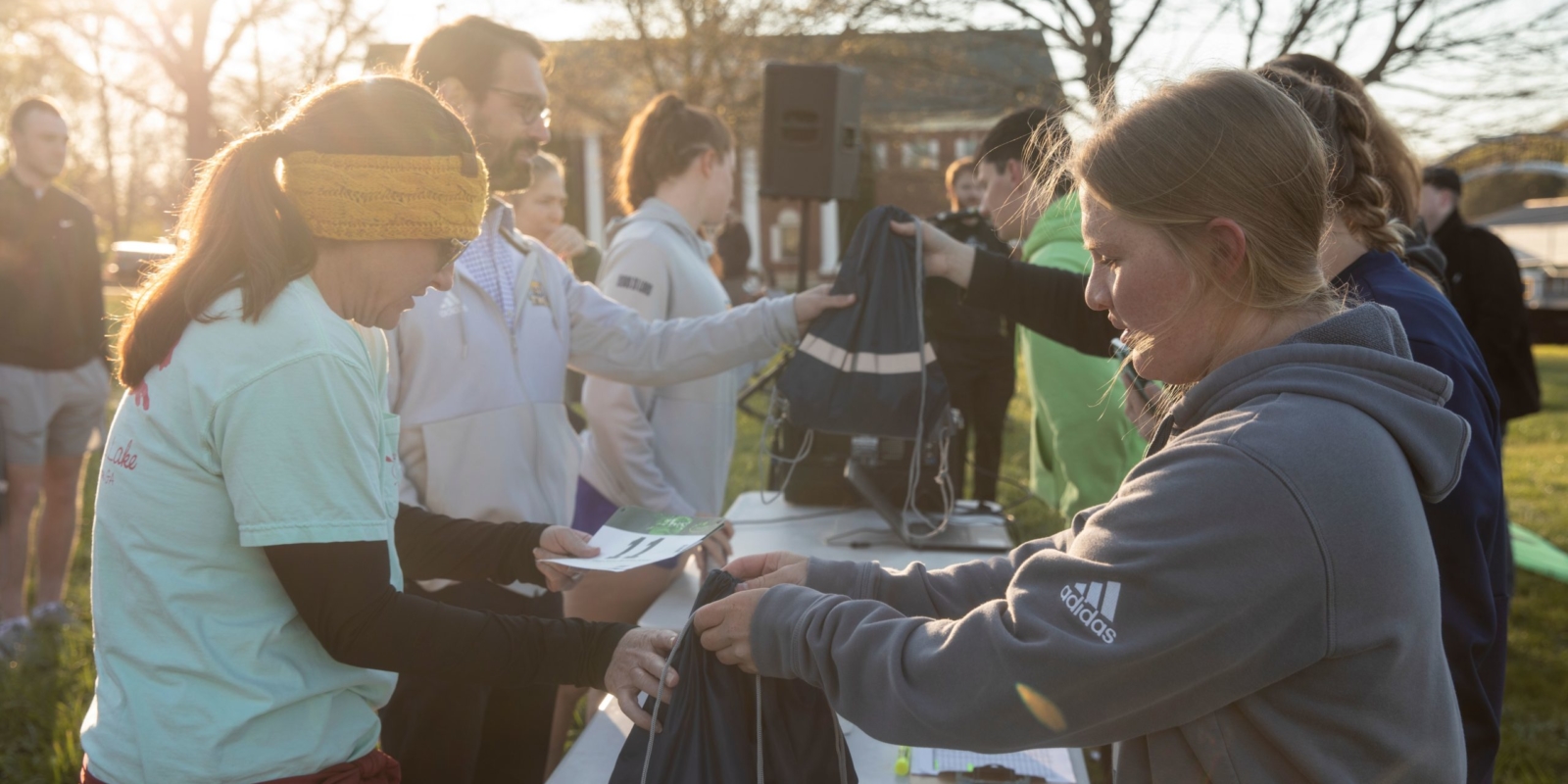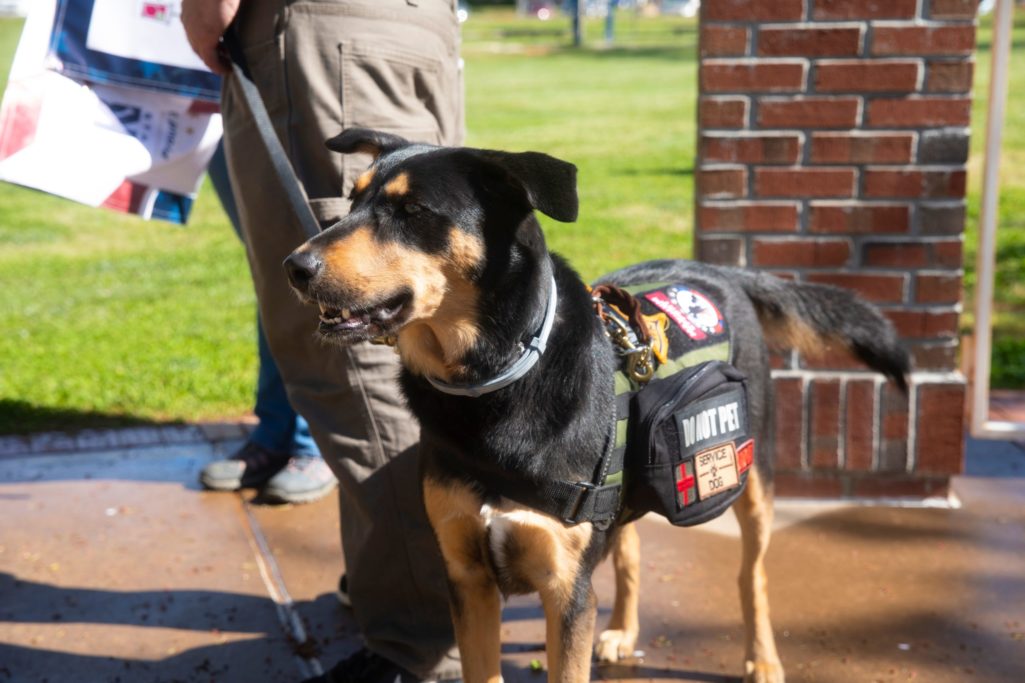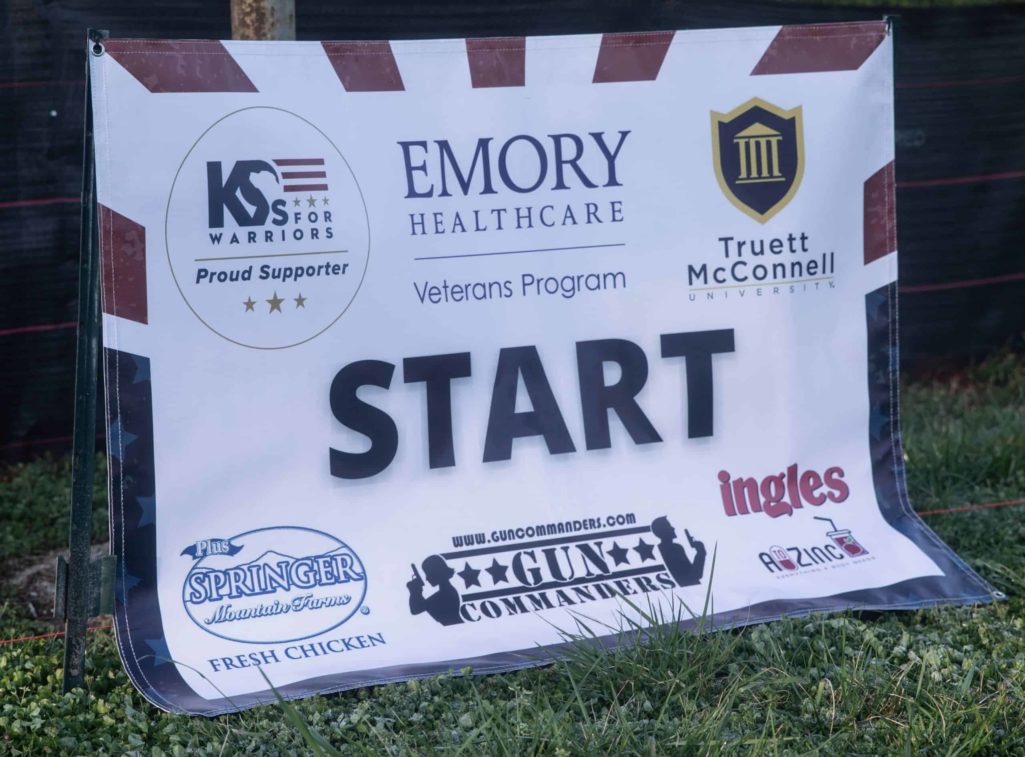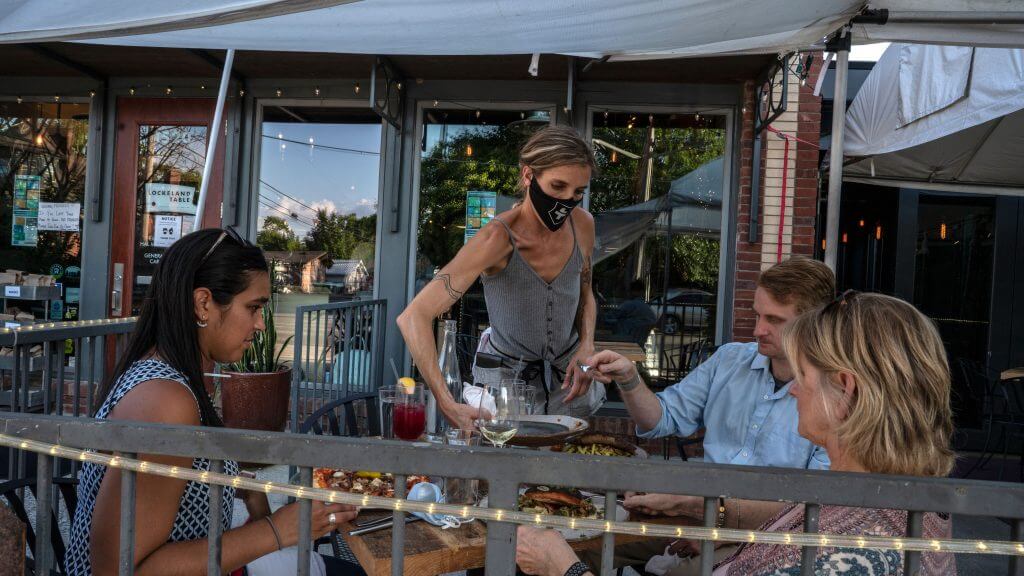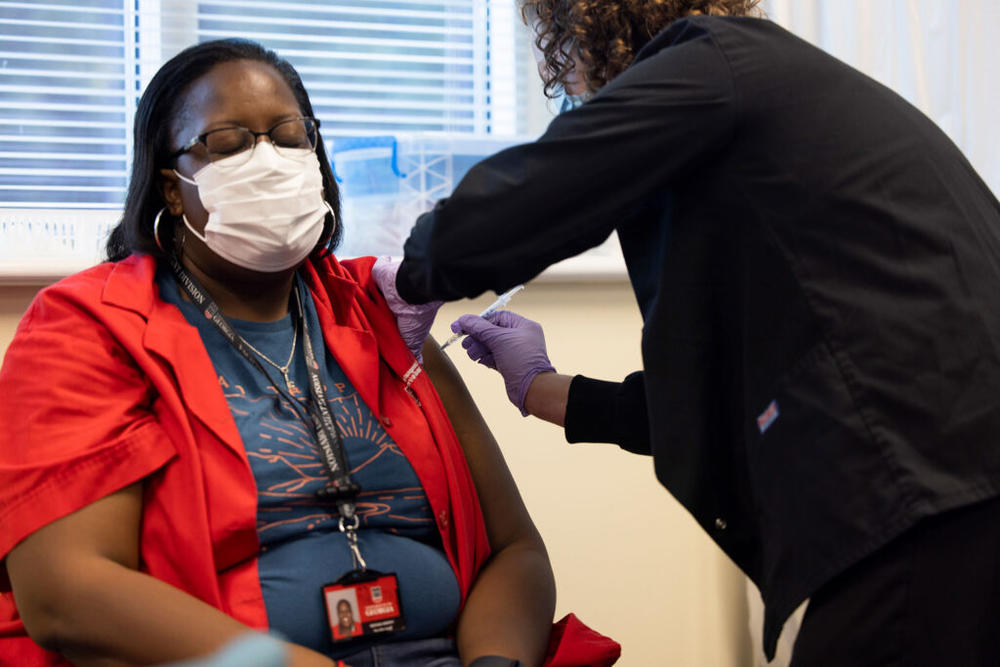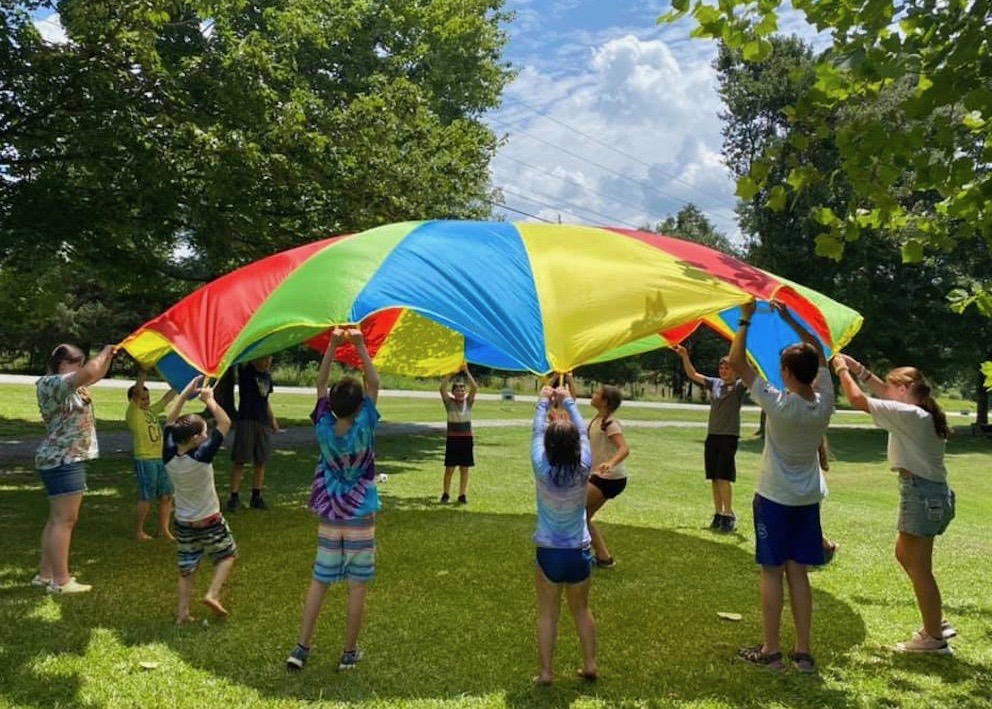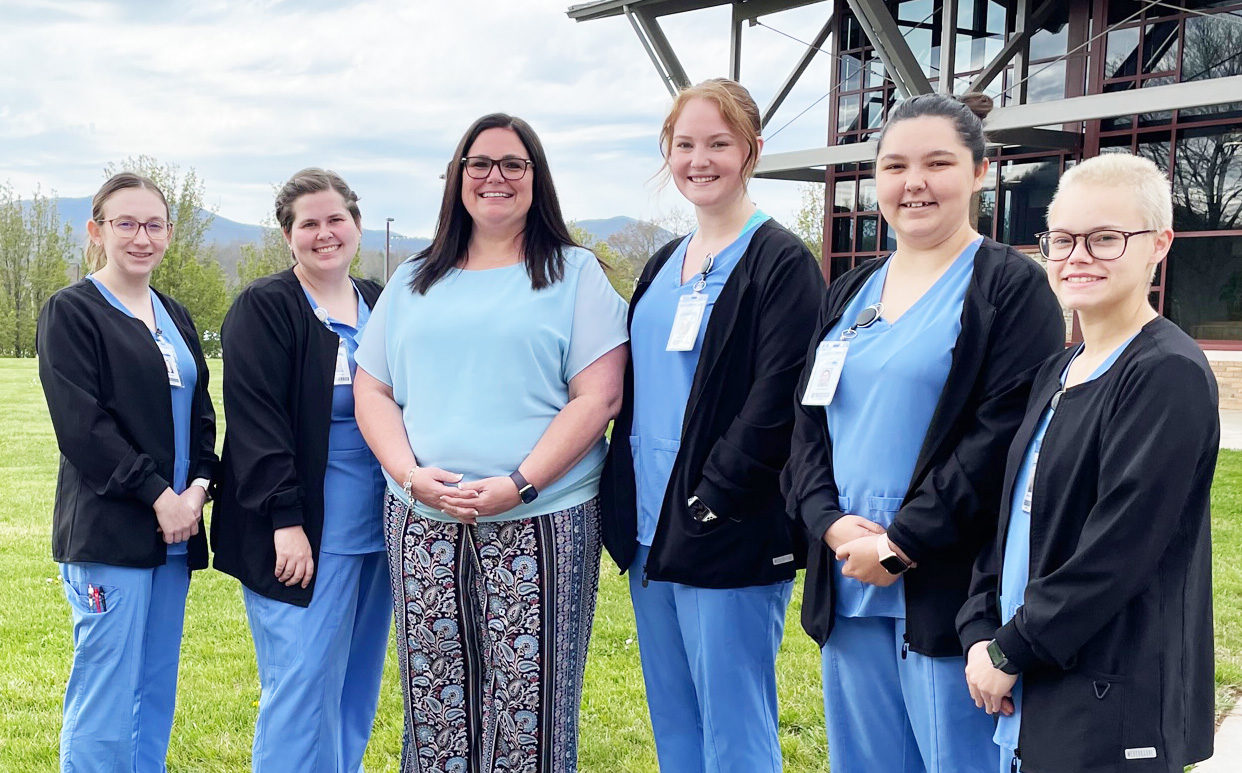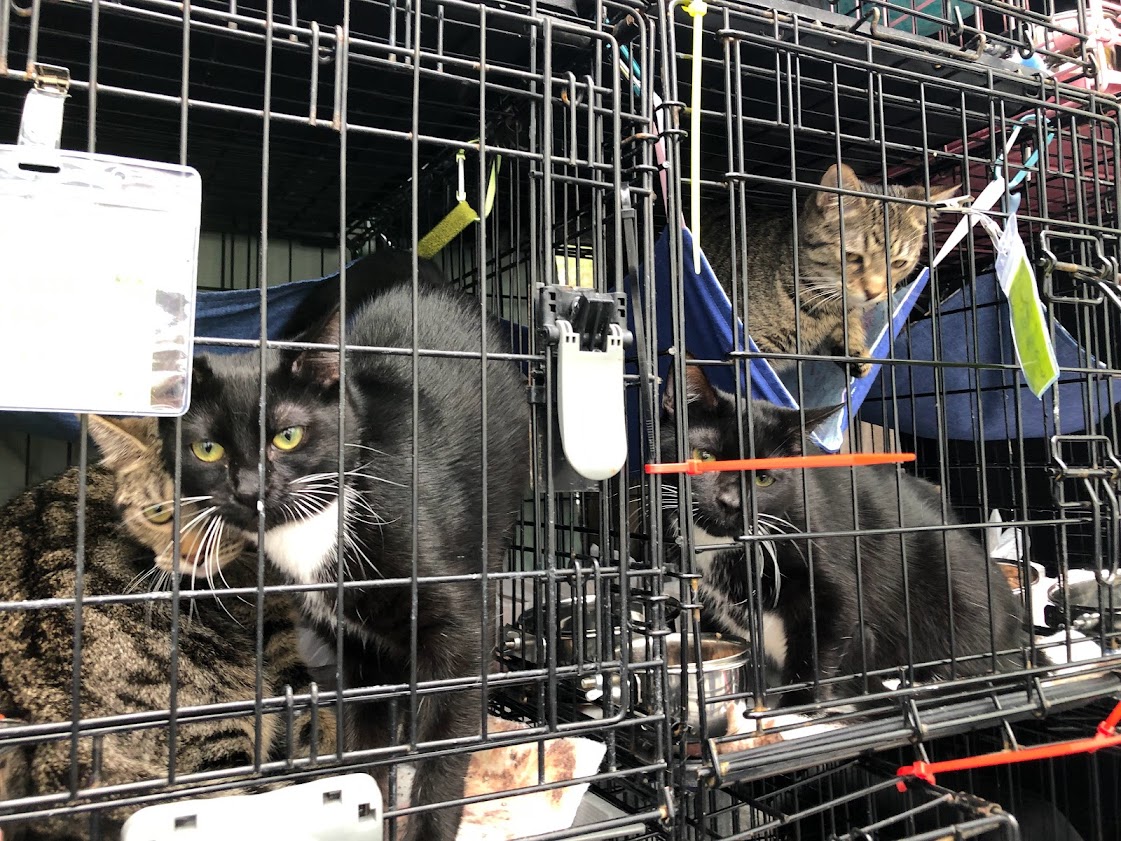Joyce Abernethy Allison, age 91, was received into the arms of Jesus on April 15, 2022, in the presence of family. Born on December 6th,1930, Joyce was the daughter of the late George D. Caraway and Mary Ford Caraway. Joyce was a graduate of Russell High School in East Point, Georgia, where she was a cheerleader and played basketball. Always one for a good conversation, Joyce was nicknamed “Jabbernethy” for her gift of gab. Known for her love of family, delicious southern cooking, faith in Jesus, infectious smile, and servant heart, Joyce truly brought joy to everyone she encountered.
Joyce was married to her high school sweetheart, the late Willard Robert “Bill” Allison for 51 years. The couple raised their family in East Point, Georgia, where they were active in their community and church, First Baptist East Point. They were avid fans of Georgia Bulldog football and had season tickets for many years. Joyce was a homemaker and then entered the workforce at Burke Marketing Research when her youngest daughters began high school. Her children recall that she would get up an hour earlier to pray and read scripture before her day started when she was working. She would mention by name all of her family and extended family. This faith discipline is something she maintained throughout her life. Joyce spent the latter part of her career at the Georgia dept of Labor where she retired at the age of 70.
Joyce and Bill moved to the mountains of Northeast Georgia in 2001, where they continued to be active in the lives of their children and grandchildren as well as their church, Bethlehem Baptist. Joyce lived a life of service and taught her family that the best way to feel better when you are down is to do something for someone else. When her husband passed away in 2003, Joyce did just that. She served in her church and community as a volunteer for Meals on Wheels, the local Soup Kitchen, MOPS Ministry, and made countless homemade meals for those in need.
Joyce loved her family and being “Gram” to her 9 grandchildren and 9 great-grandchildren. She also treasured her relationship with her 4 sisters and spent hours talking and laughing with them on their many “sister’s weekends”. Joyce enjoyed reading, watching mysteries, the Atlanta Braves, checking the mail, any kind of dessert, and until this past winter, carried on her passion for walking every day; a habit that no doubt contributed to her longevity. Joyce was a beloved daughter, sister, wife, mother, grandmother and friend and will be dearly missed. The last three years of her life were particularly blessed by the love she received from Grace and the caregeivers at Graceful Care in Clarkesville, Georgia.
In addition to her parents and husband, Mrs. Allison was preceded in death by her sister, Ruth Homer. She is survived by her children, Ginny Allison of Cornelia, David Allison (Terri) of Peachtree City, Marty Thurmond (Alan) of Clarkesville, Nancy Dolph (David) of Clarkesville; grandchildren, Merideth Shaw and Matthew Burgess (Ginny), Josh and Justin Allison (Dave), Jake and Jonathan Thurmond (Marty), Lindsey Fine, Allison Cox and Katie Dolph (Nancy); and 9 great grandchildren; her sisters, Georgianna Toole (Barckley), Susan Hanson, Cindy Barry (Mack); brother-in-law and sister-in-law Bob and Anne Vansant; and many beloved nieces and nephews.
Funeral services will be held at 1:00 PM, Monday, April 18, 2022, at Bethlehem Baptist
Church with Rev. Chip Cranford and Rev. Tommy Stowe officiating.
The family will receive friends at the funeral home, prior to the service on Monday from 11:00 AM until 12:15 PM, and again in the church fellowship hall following the interment in Bethlehem Baptist Church Cemetery.
In lieu of flowers the family requests that memorials be made to Graceful Care, 217 Landers Street, Clarkesville, GA 30523.
Arrangements by Hillside Memorial Chapel & Gardens, Clarkesville. 706-754-6256

